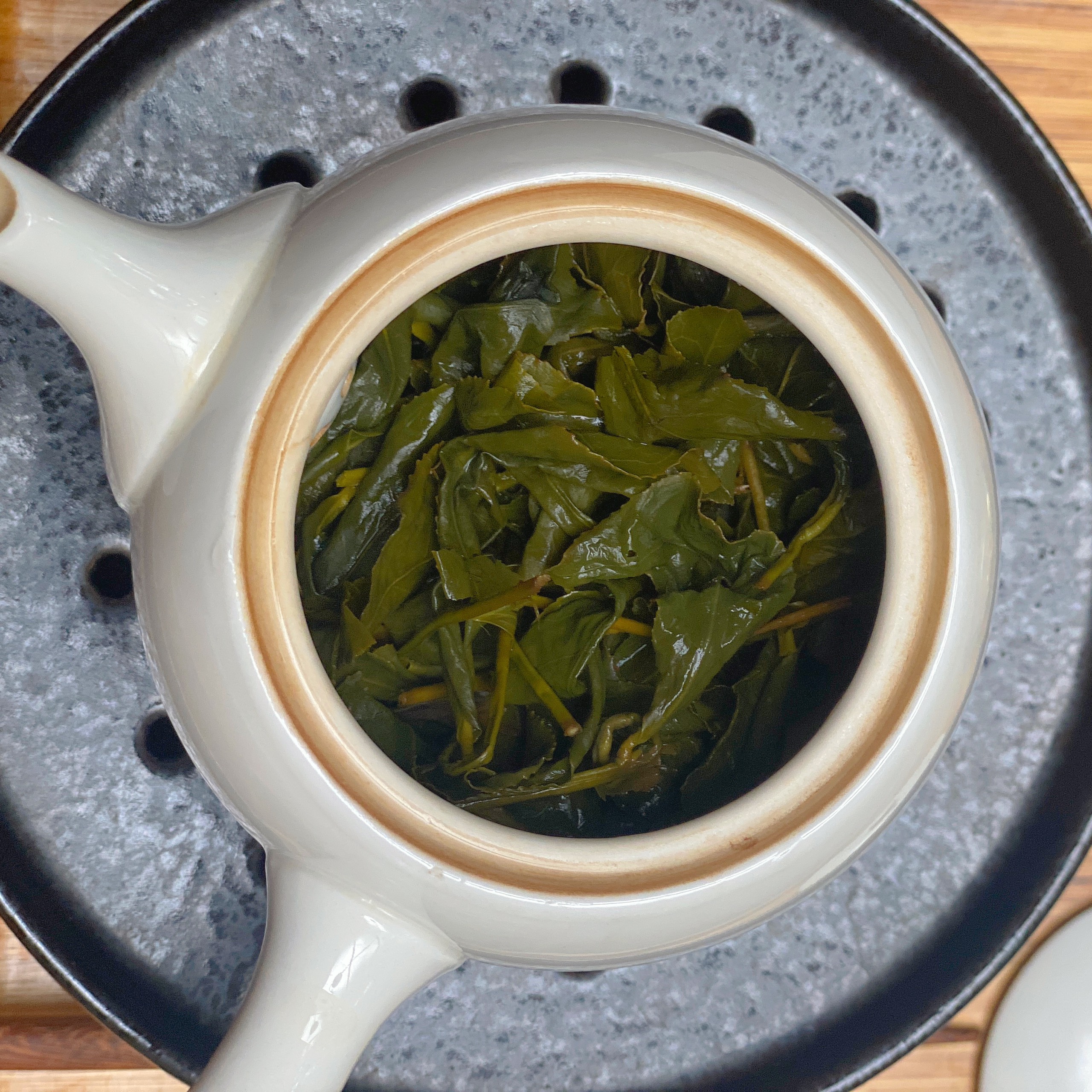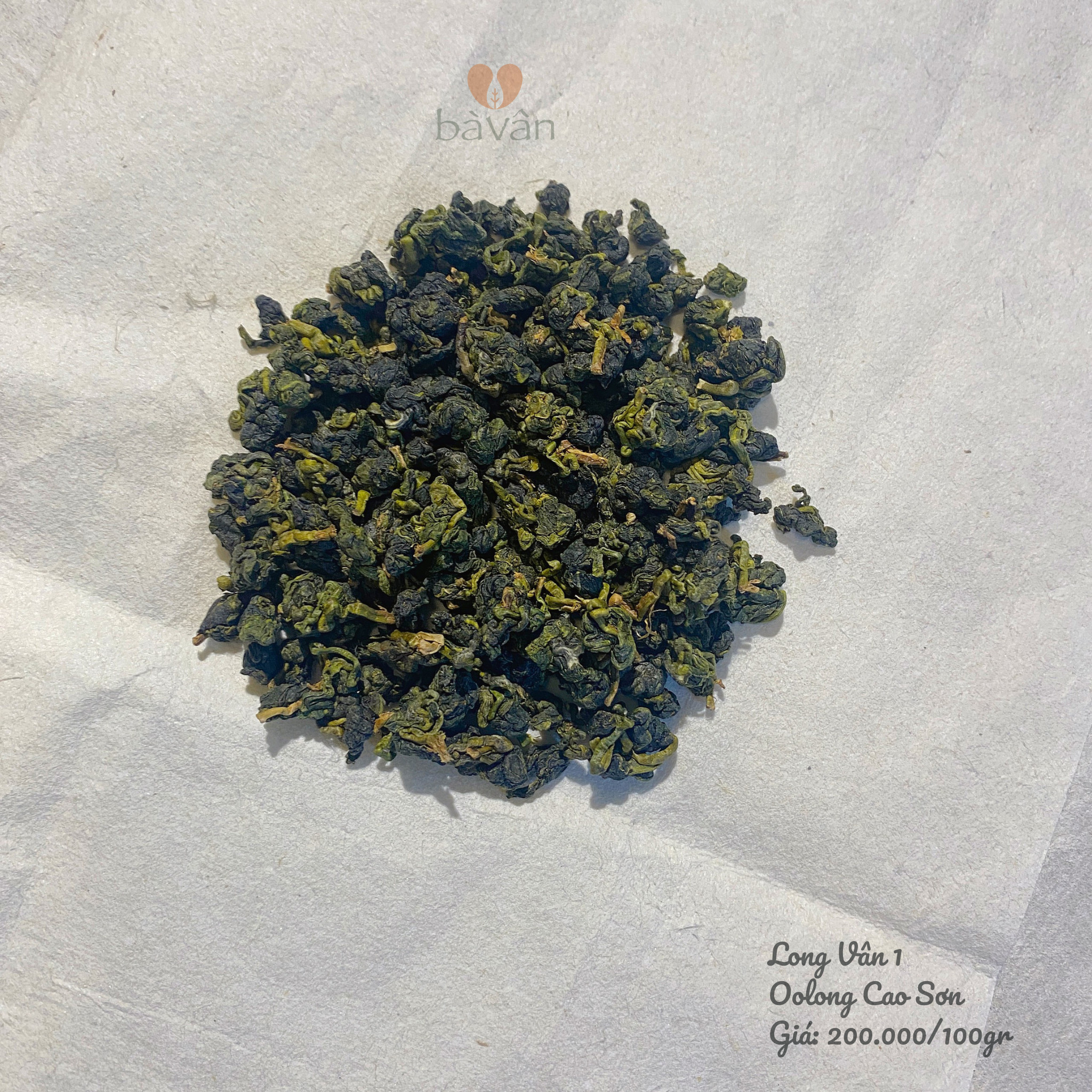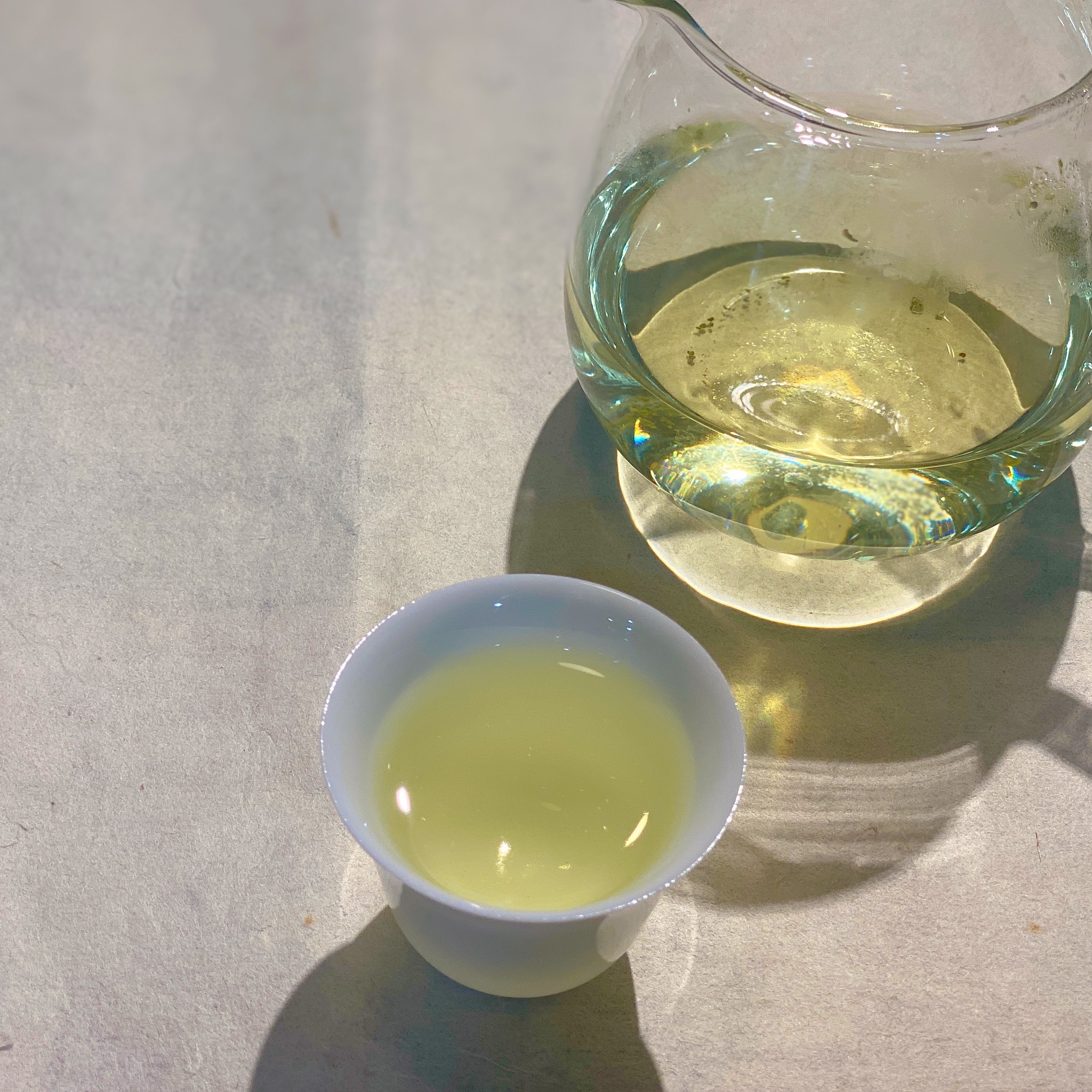As you may know, so far people recognize two main varieties of tea, which are: Camellia Sinensis var Assamica with large leaf, woody plant, and Camellia Sinensis var Sinensis with small leaf, shrub plant. Vietnamese often calls Assamica variety Shan Tuyet tea tree, and call sinensis variety the Midland tea tree.
And from these two varieties, we can produce thousands of products, which are classified into 06 groups: white tea, green tea, yellow tea, black tea, oolong tea, and pu-erh tea.
During their development, the Chinese selected some special tea areas, where the tea buds have a unique fragrance so as to make some very famous tea, for example: Tieguanyin, Dahongpao, Fenghuang Dancong… These teas are known as Oolong tea.
In fact, the oolong tea trees still belong to Sinensis variety, but because “some differences” in the soil and climate of these places which create unique aroma of tea buds, and the different tea making processes … have created the world famous oolong tea. The two most famous provinces for oolong tea in China are Fujian province with Dai Hong Pao, Tie Guan Yin.. and Guangdong province with Fenghuang Dancong, Fenghuang Shuixian…
When migrating to Taiwan, some Fujian people collected some tea varieties to bring with them to grow there. The most popular is Thanh Tam variety which is also recognized as the first and most cultivated purebred oolong tea in Taiwan. Thanh Tam is said to be characterized by the scent of magnolia flowers.
When Japan occupied Taiwan, they built a Tea Research Institute called TRES (Taiwan Tea Research and Extension Station 茶葉 研習 所) to develop tea cultivation with the aim of turning Taiwan into a world – leading tea factory and supplier. In addition to expanding the planting area of Thanh Tam variety, they have bred some other varieties to better adapt to the hotter climate of lower areas, and at the same time increased productivity.. .The best representatives for those varieties are “The Three Daughters of Taiwan”: Jin Xuan with milk flavor, Four Season with spring flower flavor, Cuiyu with magnolia flower flavor.
A part from the requirement that the raw materials must belong to “fragrant tea groups”, the production process of oolong tea also has many special steps, for example: drying tea leaves in the sun to wither it and shaking the tea buds to promote the strong oxidation process before moving to the next step: “kill-green”.
The oxidation rate of oolong tea ranges from 5 to 80% depending on the type of tea. Green Oolong tea is about 50% of oxidation rate, so it is called partial oxidation. That’s why green oolong tea has a particularly light and floral taste, not as bitter as the green tea that Vietnamese usually drink. Taiwanese has a special tea taste, for them, the lighter is the better, the taste is mild but need to be rich in layers and flavors. This is why high-end Taiwanese oolong tea is very …light! Unlike Chinese’s oolong tea taste, that prefer a strong flavor.

Oolong tea has been grown and produced in Vietnam by Taiwanese companies since the 1990s. Almost 100% of finished product is exported to Taiwan. Only in recent years has oolong tea become more and more popular with Vietnamese people, partly because of the media, partly because some Vietnamese enterprises have been actively planting and producing high-quality oolong tea to introduce to the domestic market.
The two earliest oolong cultivating areas in Vietnam are Lam Dong and Son La. Currently, most of the northern mountainous provinces of Vietnam are cultivating oolong.
In the domestic market of Vietnam, besides the oolong tea from China and Taiwan (of course there are also fake oolong tea among them), there are also many “made in Vietnam” oolong tea products, which are made by “masters” who have been working in the tea industry for many years, from green oolong tea series like Qing Xin, Jin Xuan, Four Season… to red oolong tea series like Oriental Beauty, Imperial concubine tea…
We do hope that through this sharing, you will have a little more information about oolong tea and trust and support Vietnamese tea products, made by people who are passionate, enthusiastic and especially never stop learning.
Xuan Hien @ Bavantea


